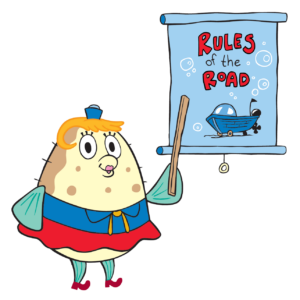

Teaching, Training, Learning and Retaining

So you’re doing training. Is it sinking in?
Early in my career, I remember when we began our partnership with Lushin, a sales training firm local to Indy. I assumed we’d do a couple of half day sessions and move on, so when I fought Aaron Prickle a bit on a long-term program, he gave me a puzzled look and asked me, “Name one thing you’ve learned and mastered after hearing it a couple of times and then stopping.” It’s fair to say I couldn’t answer him because we’ve been leveraging Lushin for close to 4 years now, and we’ve more than reaped the benefit of their expertise.As I was thinking back on this interaction, it got me thinking about the training we do for our team members. From new hires, to new process education, client training, and even outsourced sales training- there is a lot of uncertainty around if content is really being retained. I’ve felt the burn of this and return I spent a lot of time re-training, team members faced long and tenuous ramp time to get up to speed (which was costly, especially when it didn’t work out), and all parties felt stress and anxiety. This was far from the environment I wanted! Now that we’ve made some proactive changes for the better, I’d love to share them with you in this blog in my Audeam series. Here are my Top 3 Tips for ensuring your teams are retaining.
- Who’s lens are you communicating from? I used to spend a lot of time focusing on creating training content myself. Down the line, team members would run into these topics or scenarios in real life, and I’d see a lot of blank stares as they struggled to recollect what they had learned. After a good candid conversation with my team, we uncovered that this challenge existed and created a plan to overcome it. The content was written from my leadership viewpoint, which made it harder for them to relate. They admitted to “checking a box” that training was complete while struggling to internalize it. I’ve learned that there is a huge benefit in having my teams create and update training docs. They have become beautiful collaborative efforts! The biggest benefit – they are more likely to be bought into the training initiative because they were a part of it themselves.
- Assign homework. You know how a “training day” feels in the middle of a busy work week? A chance to slow down! A chance to get a clear head and not think of a million things at once! Its natural inclination because people are preparing to open their minds to consume new stuff. The flip side of that, especially with long training sessions, is attention spans wane and it’s hard to consume and remember much. I’ve learned it’s my job to set the expectation of what attendees are required to observe and learn before they walk into these sessions. I know it sounds overly simple, but it’s rare for team members to take this step on their own. We’ve evolved this concept by making sure that anyone conducting training is also assigning what we call “homework.” The questions we will ask of them, the information they will report back, or role play session they’ll have to conduct. Attendees become more than just participants, and because they have to internalize it and repeat it back in their own words; it pushes them past the learning phase. It doesn’t mean it will be perfect the first time or the second time or even the third, but gives the team member the ability to truly start to put their knowledge to use to become more successful.
- Training is not a single event, but occurs over time. As Aaron from Lushin has taught me, as well as years of seeing the evolution of the learning process in my team members, tactics, and new tips can be shared in a single session. However, if you’re looking for true retention and for these things to become part of who your team members are and what they just do you’ll have to do more than that. If I plan sessions way ahead of time and over months, it helps me remain accountable to this. Shorter sessions, more frequently have also helped so that we can mold and update training based on new scenarios & situations they face. Another great result is the development of your teams because they are elevating their skills, leading to happier more engaged people.
As a reminder, Audeam is to be bold, to venture and to take risks so now its your turn. What bold step made training stick better for your team? How are you making your mark on training & development in your organization? Share with me by posting a comment, and tag #myboldmark and #audeam today.